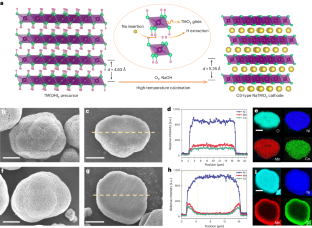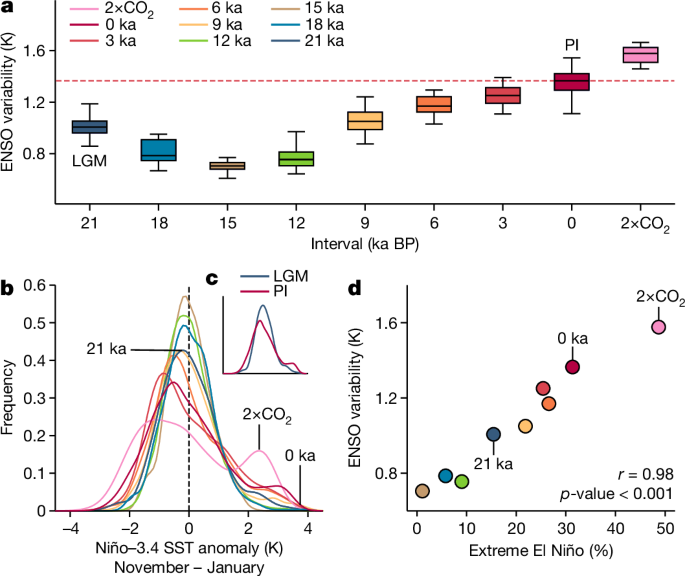2024-09-26 アルゴンヌ国立研究所(ANL)
<関連情報>
- https://www.anl.gov/article/argonne-researchers-crack-a-key-problem-with-sodiumion-batteries-for-electric-vehicles-and-grid
- https://www.nature.com/articles/s41565-024-01734-x
無欠陥層状遷移金属酸化物カソードに向けた微小ひずみスクリーニング Microstrain screening towards defect-less layered transition metal oxide cathodes
Wenhua Zuo,Jihyeon Gim,Tianyi Li,Dewen Hou,Yibo Gao,Shiyuan Zhou,Chen Zhao,Xin Jia,Zhenzhen Yang,Yuzi Liu,Wenqian Xu,Xianghui Xiao,Gui-Liang Xu & Khalil Amine
Nature Nanotechnology Published:20 August 2024
DOI:https://doi.org/10.1038/s41565-024-01734-x

Abstract
Microstrain and the associated surface-to-bulk propagation of structural defects are known to be major roadblocks to developing high-energy and long-life batteries. However, the origin and effects of microstrain during the synthesis of battery materials remain largely unknown. Here we perform microstrain screening during real-time and realistic synthesis of sodium layered oxide cathodes. Evidence gathered from multiscale in situ synchrotron X-ray diffraction and microscopy characterization collectively reveals that the spatial distribution of transition metals within individual precursor particles strongly governs the nanoscale phase transformation, local charge heterogeneity and accumulation of microstrain during synthesis. This unexpected dominance of transition metals results in a counterintuitive outward propagation of defect nucleation and growth. These insights direct a more rational synthesis route to reduce the microstrain and crystallographic defects within the bulk lattice, leading to significantly improved structural stability. The present work on microstrain screening represents a critical step towards synthesis-by-design of defect-less battery materials.



